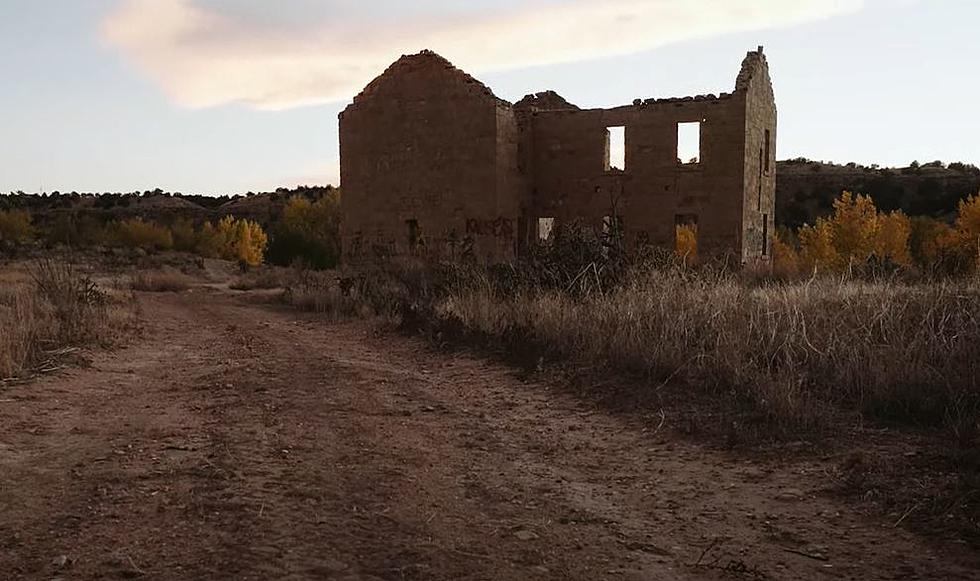![Snake Envenomation – A Dangerous Situation for Your Pet [Sponsored]](http://townsquare.media/site/49/files/2014/05/imsis250-231-630x420.jpg?w=980&q=75)
Snake Envenomation – A Dangerous Situation for Your Pet [Sponsored]
When I am with my dog in our beautiful Colorado wilderness, I sometimes get worried that her curiosity is going to bring her face to face with something that may be dangerous to her.
She sniffs under every rock, in tight bushes, through tall grasses. In fact, one of our nicknames for her is "Detective Sniffypants."
I'm not so worried about her encountering a mountain lion or a bear, as I am one of the Rocky Mountain's deadliest creatures--rattlesnakes.
If she does ever happen upon one, it will probably be face first. Her desire to make sense of the world by smelling everything doesn't make for a very settling situation when a rattlesnake is added to the equation.
All up and down the Front Range on hiking and biking trails, golf courses, roadways, back yards, etc. the rattlesnake is very active. Each year there are, an estimated 8,000 people that are bitten by venomous snakes. Fatalities are rare, but snake bites can be incredibly frightening, painful, and can permanently damage tissue.
I have seen very few in my time here in Colorado. One of the few times was when I saw one in the middle of Highway 14 in Poudre Canyon. Though the rattlesnake isn't friendly, I still stopped to usher it off the road so that it wouldn't get smashed. When I was close to it, it's horrible beauty was fascinating.
Important facts for you to know about the rattlesnake in Colorado:
1) They are more active in the spring after hibernation when the temperature is increasing, and during their breeding season from August through September.
2) They are nocturnal and will be most active during dusk and dawn. However, on very warm days they may be out sun bathing.
3) They can bite without warning, and can strike up to 3 feet.
4) They will not always use their rattle before striking if they are surprised.
I have asked my vet how often they treat animals like dogs with rattlesnake bites, and she said that it doesn't happen too often, but it is a concern.
Always keep your pets leashed so you are aware of what they are doing. Always stay on marked paths. Be cautious around shrubs, bushes, rocks, logs, holes, etc. If you see a snake, the important thing to do is be calm and back away slowly.
Snake venom contains multiple mechanisms that immobilize and digest prey. The snake uses mandibular muscle contractions to transport the venom into the fangs. Venom is injected into the tissues and gets rapidly distributed into the blood stream via the lymphatic system. The rate of adsorption depends on many factors, and this means the severity of the bite cannot be determined until clinical signs are present.
What you should you do if your pet is bitten?
- Remain calm, and do not attempt to capture or hurt the snake as you can be bit. Try to note the color, size, and any important markings.
- Keep the bite neutral or below the heart, and immobilize the area when able. Keep your pet as calm as possible to keep his/her heart rate down.
- Seek medical attention!!! Do not attempt any procedures on the bite wound other than simple cleaning. Other procedures may not be helpful, and can take vital time away from medical help.
Once at your veterinary office, your pet will be treated and may receive antivenin. Antivenin is very expensive. It works by neutralizing the venom, halting further damage, but does not reverse the damage that has already been done. Supportive care is vital to your pet’s recovery and hospitalization for multiple days may be required
This blog is sponsored by Peak Veterinary Specialist and Emergency (PVSE). For more information, or for help with an animal emergency call 970-674-1775. They are open 24 hours a day.
More From Retro 102.5









